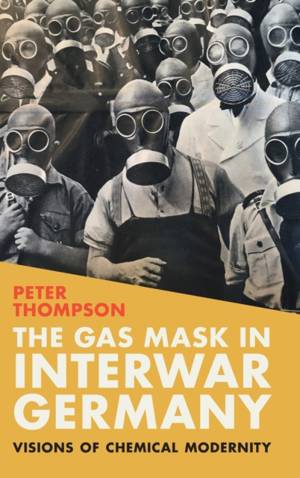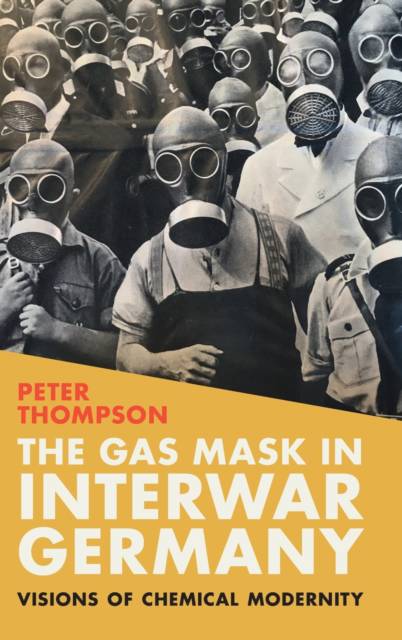
Je cadeautjes zeker op tijd in huis hebben voor de feestdagen? Kom langs in onze winkels en vind het perfecte geschenk!
- Afhalen na 1 uur in een winkel met voorraad
- Gratis thuislevering in België vanaf € 30
- Ruim aanbod met 7 miljoen producten
Je cadeautjes zeker op tijd in huis hebben voor de feestdagen? Kom langs in onze winkels en vind het perfecte geschenk!
- Afhalen na 1 uur in een winkel met voorraad
- Gratis thuislevering in België vanaf € 30
- Ruim aanbod met 7 miljoen producten
Zoeken
Omschrijving
Exploring the history of the gas mask in Germany from 1915 to the eve of the Second World War, Peter Thompson traces how chemical weapons and protective technologies like the gas mask produced new relationships to danger, risk, management and mastery in the modern age of mass destruction. Recounting the apocalyptic visions of chemical death that circulated in interwar Germany, he argues that while everyday encounters with the gas mask tended to exacerbate fears, the gas mask also came to symbolize debates about the development of military and chemical technologies in the Weimar Republic and the Third Reich. He underscores how the gas mask was tied into the creation of an exclusionary national community under the Nazis and the altered perception of environmental danger in the second half of the twentieth century. As this innovative new history shows, chemical warfare and protection technologies came to represent poignant visions of the German future.
Specificaties
Betrokkenen
- Auteur(s):
- Uitgeverij:
Inhoud
- Aantal bladzijden:
- 342
- Taal:
- Engels
- Reeks:
Eigenschappen
- Productcode (EAN):
- 9781009314824
- Verschijningsdatum:
- 25/05/2023
- Uitvoering:
- Hardcover
- Formaat:
- Genaaid
- Afmetingen:
- 152 mm x 229 mm
- Gewicht:
- 625 g

Alleen bij Standaard Boekhandel
+ 374 punten op je klantenkaart van Standaard Boekhandel
Beoordelingen
We publiceren alleen reviews die voldoen aan de voorwaarden voor reviews. Bekijk onze voorwaarden voor reviews.









